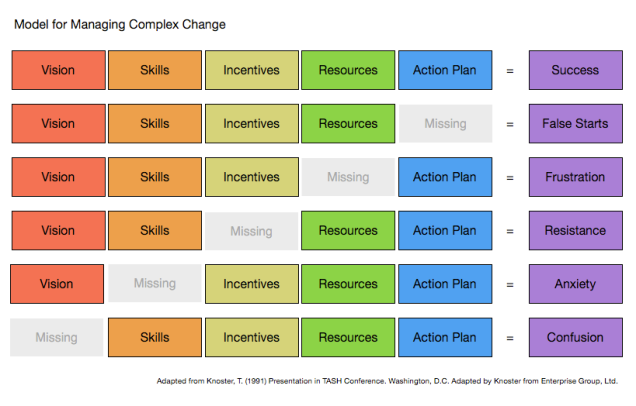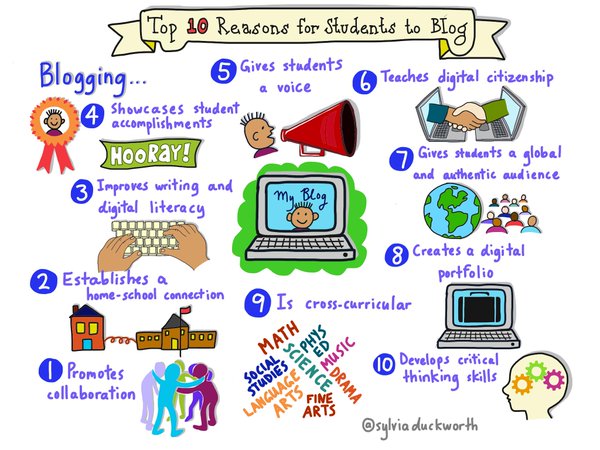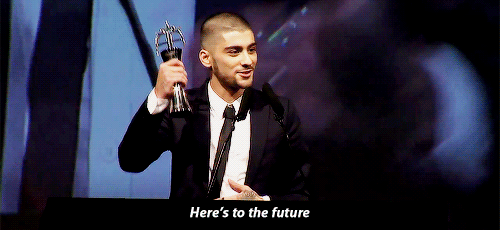Thank yous
First off, I’d like to give a HUGE shout out to the people who made it possible for me to attend ISTE19. Thank you so much to everyone involved and a part of the ISTE-GM AI Project. Without the boot camp scholarship, I would not have been able to learn from so many amazing educators and get new and innovative ideas to bring back to my own district. I will be forever grateful for this opportunity.
Background
To describe the inspiration for this post, I need to give a little background information.
Back in the fall of 2018, a cohort from my district got together to take the ISTEU course: Artificial Intelligence Explorations and Their Practical Use in Schools*. Our cohort’s goal was to become more familiar with Artificial Intelligence (AI) and what part it plays in the education of the students in our community. As I began the course, I realized I knew next to nothing about AI… seriously. I found myself taking pages of notes regarding terms and topics that had to do with the basic functions and purpose of AI. I’ll be honest, in the first few days of the course, I found myself thinking, “Am I in the right class? What does this even have to do with me?” Trust me… I found out the answer to that question REAL quick! I soon learned that we already have AI all around us, and most of us interact with AI on a frequent (if not daily) basis! This was news to me. Before starting the course, I honestly thought that AI had to do with futuristic robots… not the Alexa in my kitchen!
The course took us through the things that make an AI an AI (and what things are not the same as an AI), different types of AI (this is where I learned that I have an AI in my kitchen, living room, and on my phone) and most importantly, how to expose others to the concept (and perks) of AI, even teachers and students.
Before I make this blog post a post that summarizes the entire course, I’ll wrap up my background info story by saying this: Artificial intelligence is around right now and is only going to evolve as time goes on. The quicker we become knowledgeable around what AI is and what it can do for us, the more efficient and informed our actions will be.
*Shameless plug- there is another offering of this course this fall. Check out more information here 🙂
ISTE19- AI Takeaways
After completing the course, there was an opportunity to win an ISTE-GM AI Bootcamp Scholarship, which would give the winner(s) a chance to advance his/her knowledge and skills around integrating AI in the classroom at ISTE19. I obviously applied, as this would be a dream come true- attending ISTE for my first time and continuing my learning around AI in the education world. On May 1st, I got THE best email ever:

I wasn’t exaggerating when I said this was the best email ever. Long story short, I was so thrilled to be heading to ISTE in Philly to connect with educators and learn more about AI in the classroom.
—
ISTE 2019 had a great offering of AI lectures and poster sessions. I was really impressed with the number of educators presenting on this topic, as it isn’t the easiest topic to present on… (remember me from the fall when I thought AI only had to do with robots… I know I’m not the only one out there!). The topic of AI presents a lot of unknowns for many people, and I was pleased to see educators taking this on and teaching their peers!
Artificial Intelligence Goes to School was a panel session that included 3 teachers (Leah Aiwohi, Janice Conger, and April DeGennaro) who actually went through the same ISTEU course that I did. They were able to share what they learned in the course and how they applied it to their own class/school. I truly enjoyed hearing from each of the educators about their personal experiences and learning opportunities that they faced with their implementation of an AI-based unit. I appreciated that each of the women were honest about their experiences and showcased how they plan to improve their experience for future years. The fact that these educators are exposing their students to AI and showing them how AI impacts their daily lives is so important!
AI in the Hands of Your Students was a lecture session by Doug Bergmann where he spoke on different AI tools that he used in his classroom and that other teachers could easily implement in their own classrooms. There were 2 things that I really appreciated about this session: 1. Doug’s passion and 2. the demonstration of how the tools functioned. Doug was clearly excited about the opportunity to expose other educators to AI-related tools. Not only did he give us a list of tools that we could take back and explore ourselves (like Amazon Rekognition, SpeechNotes, Thunkable, and Machine Learning for Kids), but he went through how to use each of the tools and what he did in his own classroom. As a visual learner myself, it was extremely helpful to see what each of the tools did and how they functioned. I think my favorite tool that he shared was Thunkable, mostly because of the story Doug shared to go along with this site- one of his students used this app builder to create a program when he saw a need for his brother with dyslexia. How awesome is that?
Is There a Role for Google & Alexa in the Classroom? was a lecture session by Dr. Maureen Yoder that described how Google and Alexa could be used in the classroom to enhance learning for students. I enjoyed Yoder’s presentation as she gave a mix of articles, tools, and practical applications. Remember when I talked about the Alexa in my kitchen? Yoder taught me in this session that there is a whole world of Alexa Skills that exist that are apps you can add on to your Alexa. There is even a teacher and student helper called Ask My Class. Who knew?! In this presentation, I also learned about different ways these Alexa Skills could be used in a classroom. (Google also has its own version of Skills called Actions). There was a topic in this lecture that I was appreciative of hearing about- privacy concerns. As you may know, there are many things to consider when bringing any kind of device into a classroom, and one must always be mindful of student privacy. Yoder covered different actions teachers could take to ensure they are abiding by their school’s privacy policy if interested in bringing a device like this into the classroom.
AI Poster Sessions were amazing! As I mentioned before, it was awesome to see how many educators in the poster session area were representing AI! What I loved about the poster sessions were that I could see first-hand how a variety of teachers were implementing different things in their own classrooms. I was able to speak with them one-on-one about their experiences and what they learned. If I summarized each poster session I attended, I’d probably have to consider making this blog post into a novel. Instead, I’ll share my Wakelet collection from ISTE. Check out the AI section of the collection for all of the resources I gathered from the poster sessions.
—
My hope is that this post inspires you to learn more about Artificial Intelligence and how it is impacting not only you, but the students in your classroom. Think about how you can expose your students to the AI that is in our world today to encourage them to be forward thinkers. Feel free to check out the resources shared in my Wakelet collection and/or to reach out if you have any thoughts or questions. I’d love to connect! Again, thank you so much to ISTE and GM for allowing me this unforgettable opportunity!

 Although the club sounds great and has the potential to be a fantastic opportunity for students, others may be left with
Although the club sounds great and has the potential to be a fantastic opportunity for students, others may be left with 
















